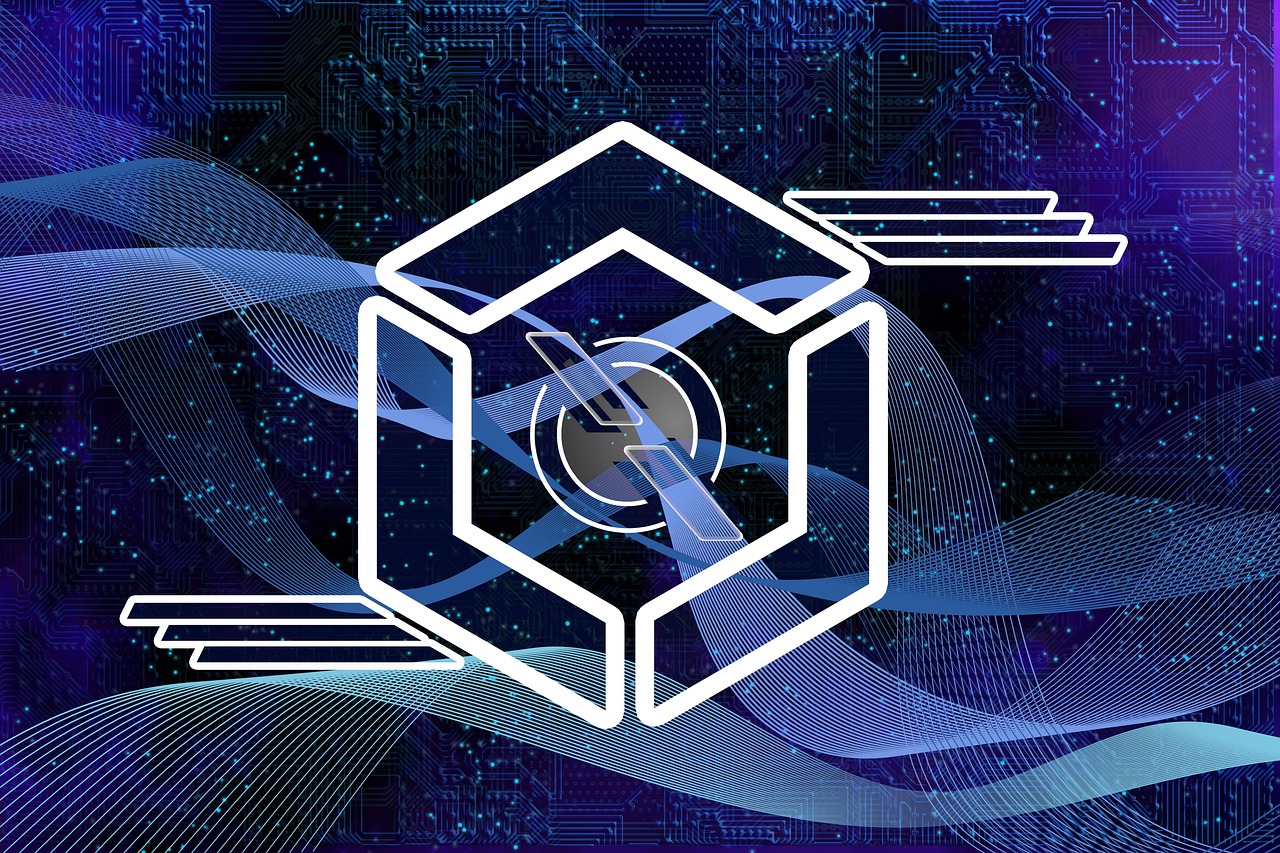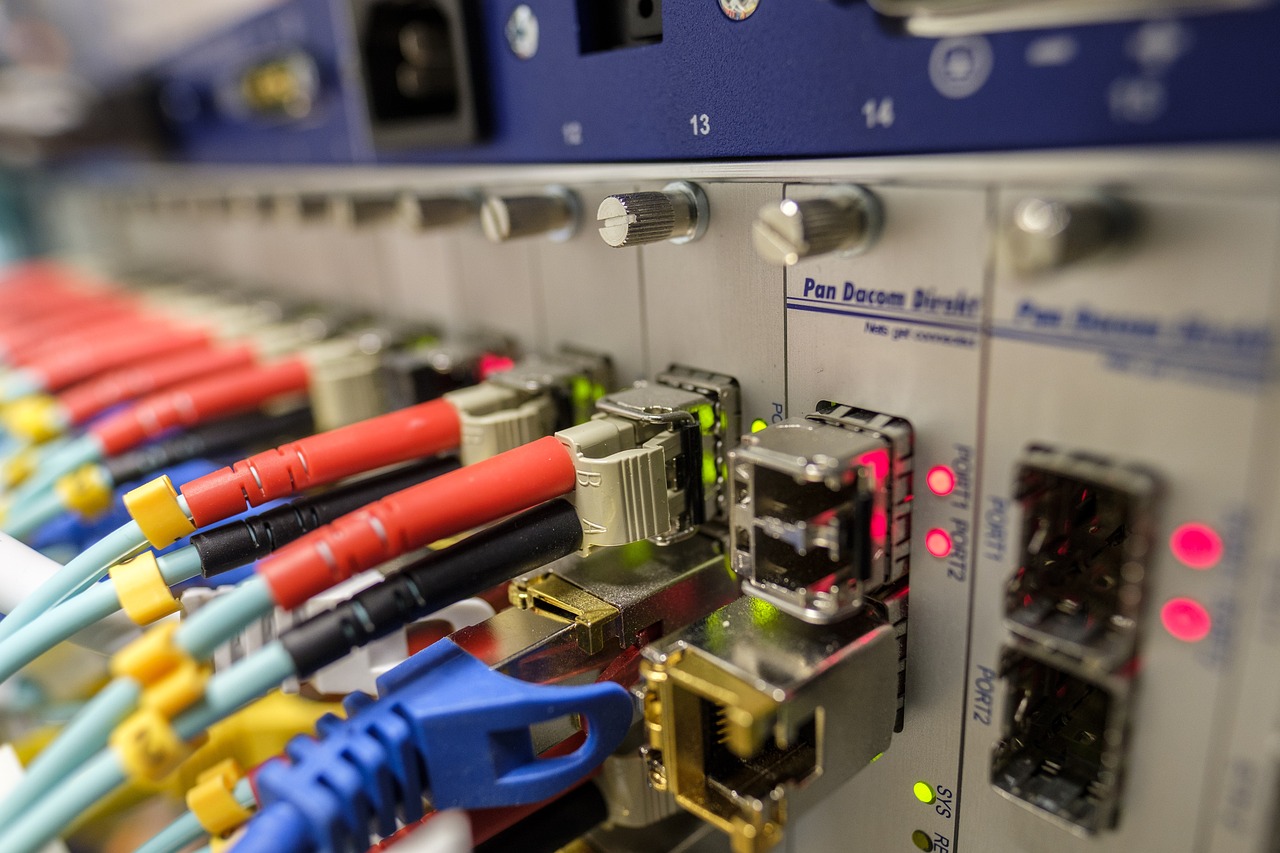Bitcoin, the pioneering cryptocurrency, has not only revolutionized the financial landscape but has also given rise to a complex process known as Bitcoin mining. Mining is the backbone of the decentralized nature of the cryptocurrency, ensuring the security and integrity of the blockchain. In this article, we will delve into the intricacies of how Bitcoin mining works, unraveling the tricks and secrets that miners employ to enhance their chances of success in this competitive field.
Table of Contents
Understanding Bitcoin Mining
At its core, Bitcoin mining is the process by which new bitcoins are created and transactions are added to the blockchain. This is achieved through solving complex mathematical problems, a task performed by powerful computers known as miners. These miners compete to solve a cryptographic puzzle, and the first one to succeed is rewarded with a fixed amount of newly minted bitcoins, as well as transaction fees.
The Puzzle: Hashing and Proof of Work
The cryptographic puzzle that miners attempt to solve is based on a process called hashing. Hashing involves taking an input (in this case, a block of transactions) and producing a fixed-size string of characters, which is a unique representation of that input. Bitcoin uses the SHA-256 hashing algorithm.
To successfully mine a block, miners must find a specific value called a nonce that, when combined with the block’s data, produces a hash that meets certain criteria. This process is known as Proof of Work (PoW). The difficulty of the puzzle adjusts approximately every 14 days to maintain an average time of 10 minutes between each new block. This ensures that mining remains a competitive and challenging task.
Mining Pools: Strength in Numbers
Mining, especially for individual miners, has become increasingly challenging due to the rising computational power required and the competitiveness of the network. To address this, miners often join forces and form mining pools. In a mining pool, participants combine their computational power to increase the chances of successfully mining a block and subsequently share the rewards proportionally.
Joining a mining pool is a common strategy to overcome the high level of difficulty associated with mining individually. However, it’s essential to choose a reputable pool with a fair reward distribution mechanism.
Hardware: The Mining Rig Matters
The hardware used for Bitcoin mining has evolved significantly since the early days when miners could use regular CPUs. As the difficulty increased, miners transitioned to using Graphics Processing Units (GPUs) and later to Application-Specific Integrated Circuits (ASICs). ASICs are custom-built machines designed specifically for mining and are significantly more efficient than previous generations of hardware.

Investing in high-quality mining hardware is crucial for success in Bitcoin mining. Miners need to consider factors such as hash rate, energy efficiency, and upfront costs when selecting their equipment. Staying informed about the latest advancements in mining hardware is also essential to remain competitive.
Energy Efficiency: Balancing Power Consumption
Bitcoin mining is often criticized for its energy consumption, and miners are becoming increasingly aware of the environmental impact associated with the process. To address this concern, miners are exploring ways to improve energy efficiency.
One strategy is to locate mining operations in regions with abundant and cheap renewable energy sources. Some miners utilize surplus energy from renewable sources, reducing the environmental footprint of their operations. Additionally, advancements in hardware design are continually pushing for greater energy efficiency in mining.
Strategic Location: Geographic Advantage
The geographic location of a mining operation can significantly impact its success. The cost of electricity, climate, and local regulations are key factors that miners consider when selecting a location.
Countries or regions with lower electricity costs, such as those with abundant hydroelectric power, can provide a competitive advantage to miners. However, it’s crucial to navigate the regulatory landscape, as some regions may have restrictions or uncertainties regarding cryptocurrency mining.
Security and Network Stability: A Prerequisite
The security of the Bitcoin network relies on the decentralized nature of mining. However, it’s essential for miners to prioritize the security of their own operations to protect against potential threats such as hacking or malicious attacks.
Employing robust security measures, including secure internet connections, multi-signature wallets, and regular security audits, is crucial for maintaining the integrity of the mined bitcoins. Additionally, contributing to the overall stability of the Bitcoin network by running reliable mining nodes helps ensure the health of the entire ecosystem.
Continuous Learning: Adapting to Changes
The world of Bitcoin mining is dynamic, with continuous updates, changes, and improvements. Miners must stay informed about the latest developments in mining software, hardware, and network upgrades.
Being part of the Bitcoin community, attending conferences, and engaging in online forums are valuable ways for miners to stay updated. Additionally, being aware of potential protocol upgrades, such as soft forks or hard forks, ensures miners can adapt their operations to remain compatible with the evolving blockchain.
Summary
Bitcoin mining is a multifaceted process that involves solving complex mathematical problems, utilizing powerful hardware, and navigating various challenges. As the cryptocurrency landscape continues to evolve, miners must stay vigilant, adapting their strategies to remain competitive and sustainable.
The secrets to success in Bitcoin mining include joining mining pools for collective strength, investing in high-quality and energy-efficient hardware, selecting strategic locations for operations, prioritizing security measures, and staying informed about industry developments. By embracing these strategies, miners can enhance their chances of success in this competitive and ever-changing field, contributing to the overall security and decentralization of the Bitcoin network.
What Is Quantum Computing? A Complete Guide to the Future of Technology
In the rapidly evolving world of technology, quantum computing stands out as one of the most revolut…
Edge Computing: The Future of Data Processing and Connectivity
In today’s digital landscape, the rapid growth of connected devices, IoT (Internet of Things), and r…
The Fastest Commercial Broadband for Personal Use in 2025
Why Broadband Speed Still Matters in 2025 Despite the rise of 5G, Wi-Fi 7, and satellite-based conne…


